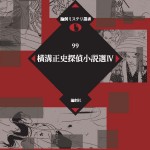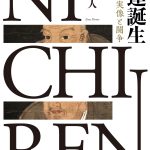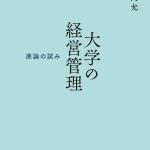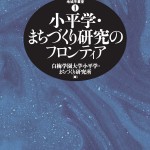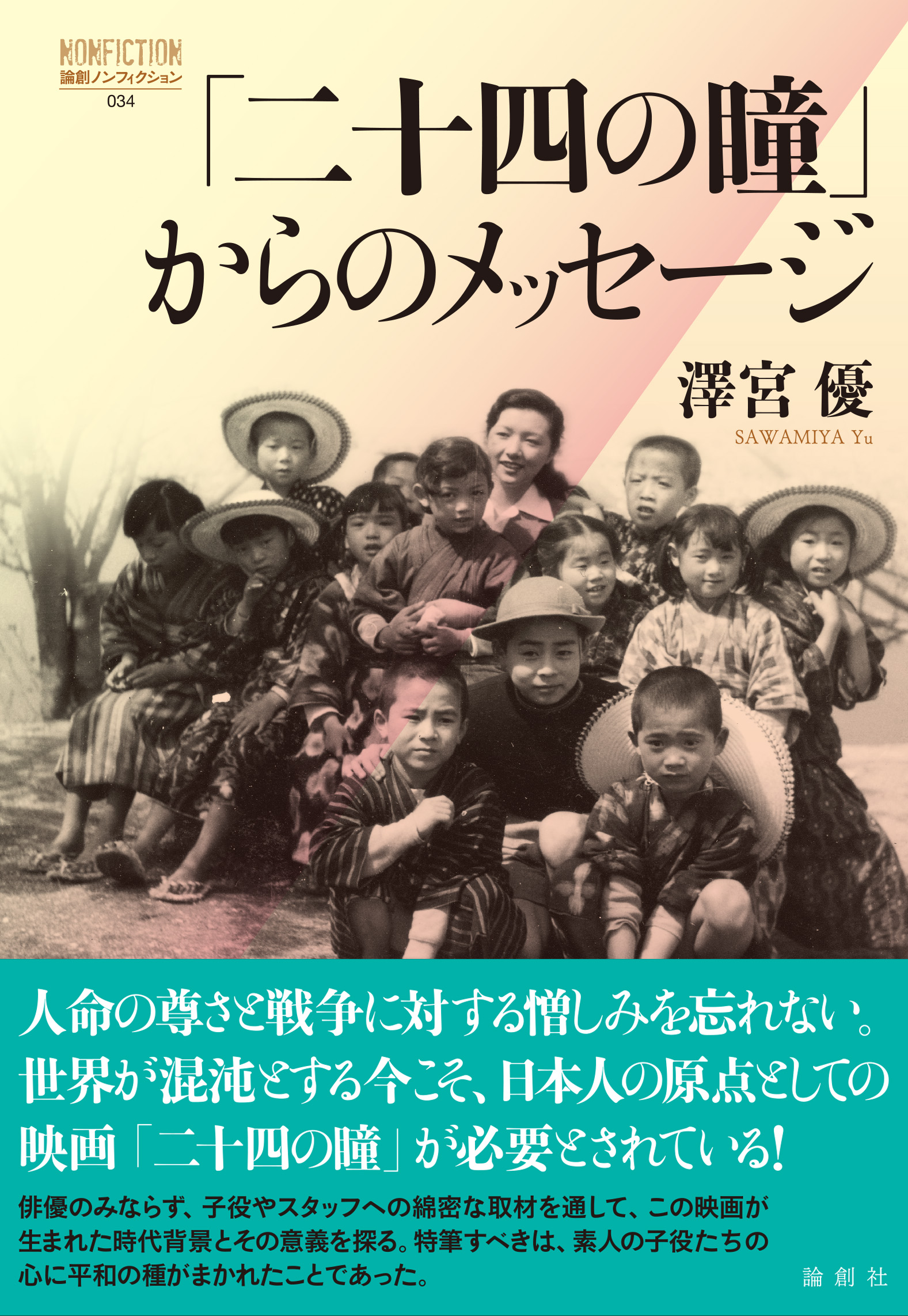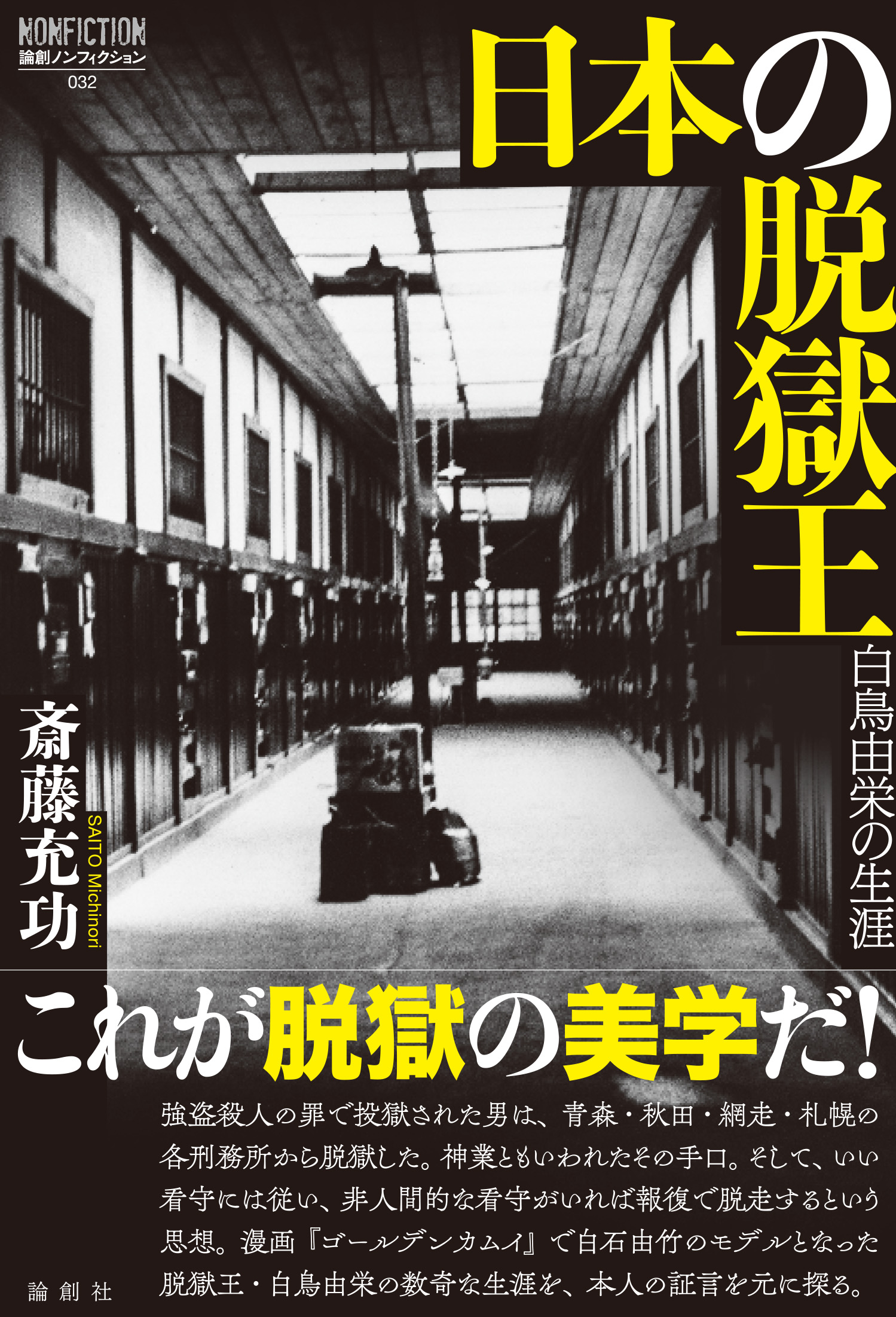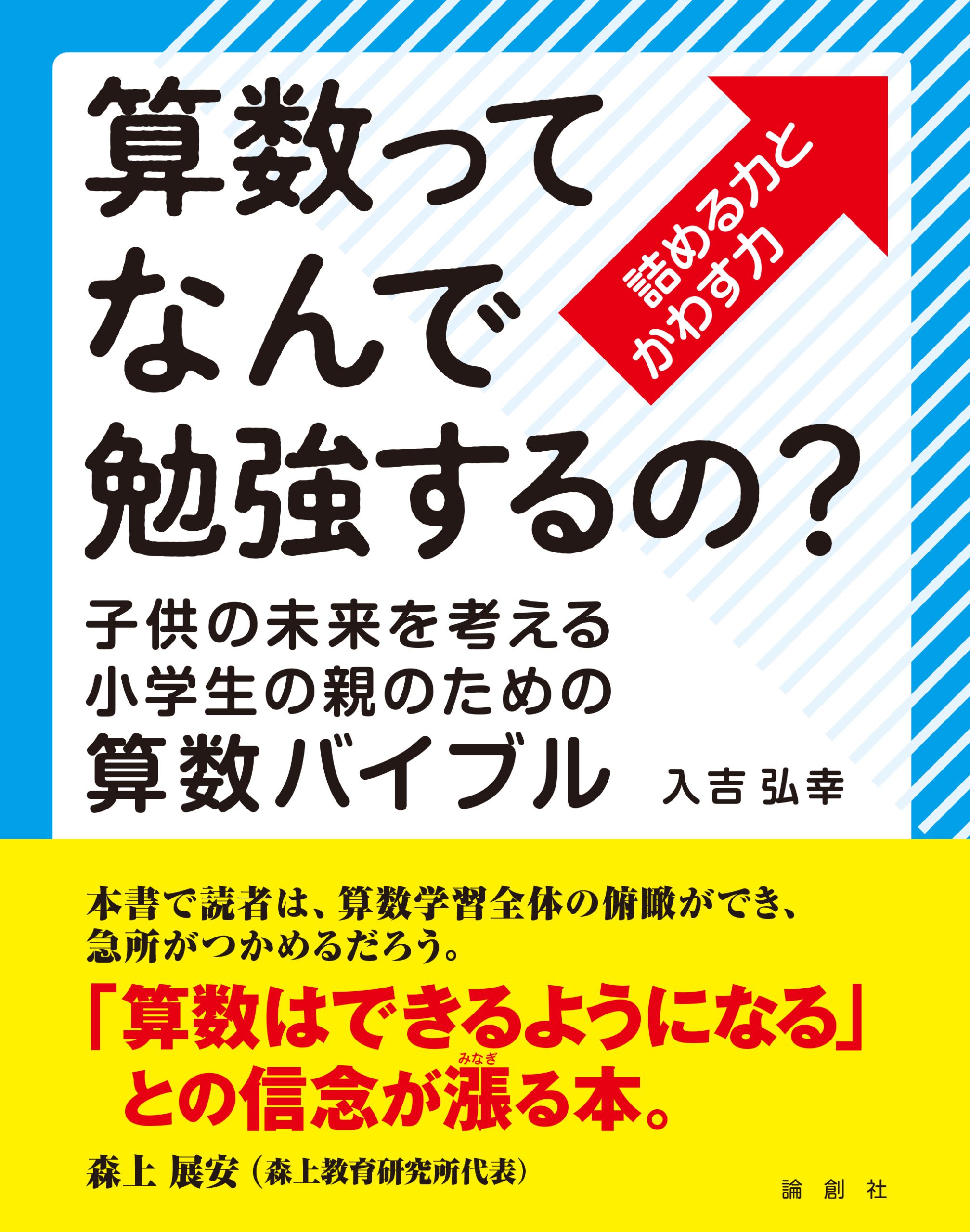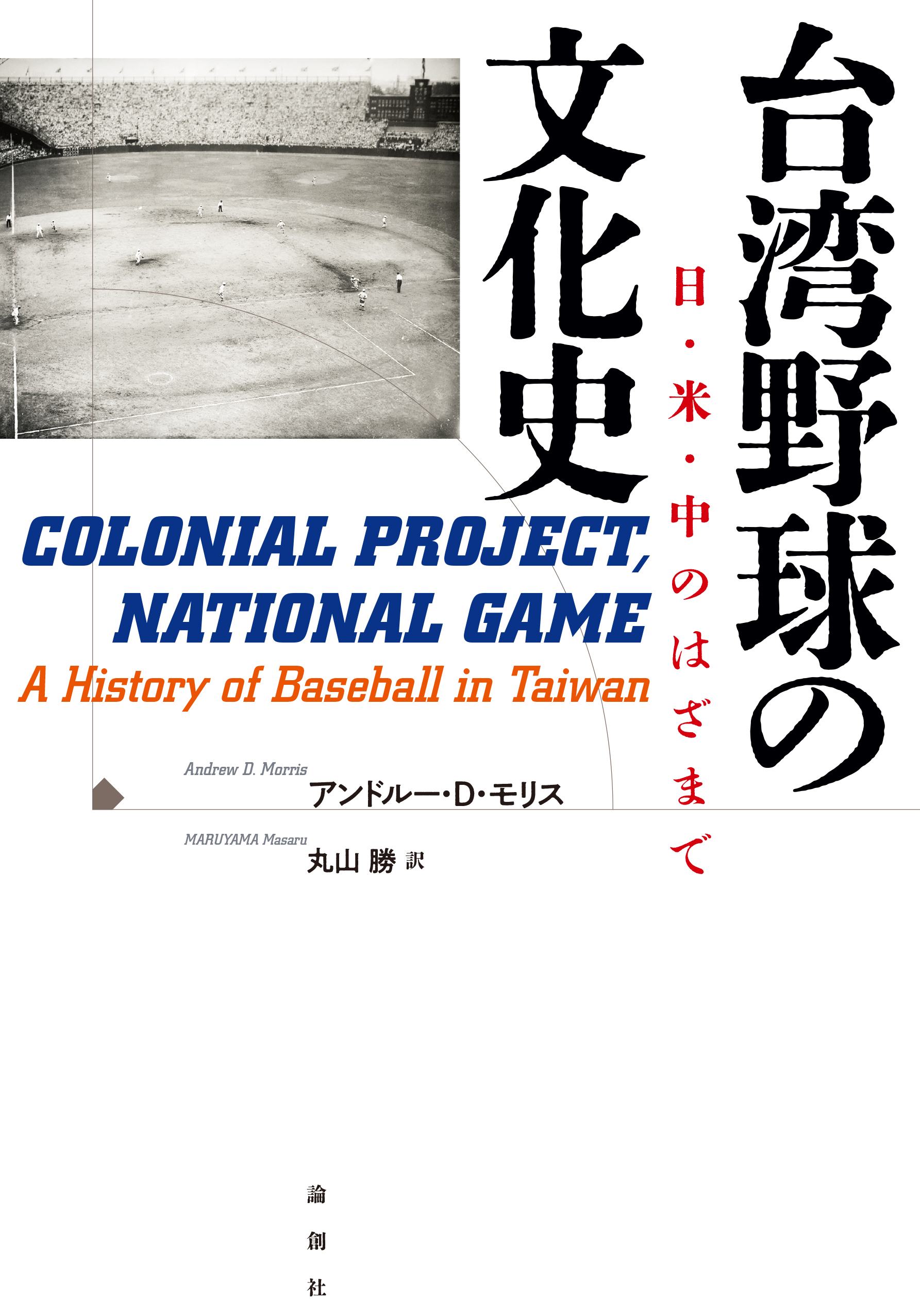- 2020-7-1
- お知らせ, 論創通信, The Nichiren Buddhism【ミステリーな日蓮 英訳版】
Politics and Doctrine of Nichiren Buddhism#004
Hiroto Ema
Chapter 1
Political position of Nichiren sect
3.“The February riot” and the oppression of Nichiren
After the prophecy of “On Establishing the Correct Teaching for the peace of the Land” was realized with the arrival of a official letter from Mongolia in 1268, the sect led by Nichiren expanded rapidly, and according to Nichiren, more than 10 per cent of Japanese joined him(22). Later, he recalled that the shogunate should have treated him as the Master of State(23), and specified the treatment as (1) The highest honors in Japan would be bestowed upon me, (2) Awarded the title of Great Teacher while still alive, (3) Consulted about the Mongols, invited to the war council, and (4) Asked to defeat them through the power of prayer. It should be noted that they were the treatments Nichiren hoped for from the shogunate. So the ideal of establishing the correct teaching for the peace of the land had already included the political aim of Nichiren for his treatment.
On the other hand, the high priests who were criticized by Nichiren more bitterly than ever claimed that the sect was slandering others, committing arsons, and gathering arms. In those days, a group of villains was committing atrocities and disturbing security of Kamakura, so the shogunate, which faced the threat of Mongolia as well, got nervous about security and ordered the expulsion of the group. Apparently, the high priests included the sect of Nichiren in the group and asked the shogunate to take strong measures against it. Furthermore, they ingratiated themselves with Goke-ama-gozen (the widow nun Kasai-dono, 1233-1317), who was a daughter of Gokurakuji Shigetoki (Hōjō Shigetoki), the wife of the late regent Hōjō Tokiyori, as well as the mother of Hōjō Tokimune who was the regent then, and told her a made-up story that Nichiren claimed Tokiyori and Shigetoki had gone to hell(24), and incited hostility to him in her. Thus the friends and acquaintances of Goke-ama had strong grudge against Nichiren for a long time, calling him “the enemy of late Tokiyori and Shigetoki”. And again, when the Atsuhara persecution occurred in Fuji in 1279, Goke-ama is said to have pulled strings behind the scene(25).
Also about the Tatsunokuchi execution in September 1271 and the transportation to Sado Island that followed, Nichiren said “Those widows who were lay nuns insisted that investigation was unnecessary; rather, I should have my head cut off at once, and my disciples should likewise be beheaded or exiled to distant lands or placed in confinement. So infuriated were they that their demands for punishment were immediately carried out”(26), thus asserted the execution and transportation were arbitrary disposition by the request of Goke-ama.
According to Formulary of Adjudications, the condition of Nichiren’s beheading was that he commit murder or bloodshed, and the punishment of slandering was at most a transportation. About the lawless attempt to behead him, Nichiren said “Ostensibly I was being banished to a distant region, but secretly it had been decided that I would have my head cut off”(27). So he understood this attempt as a political plot. The mandator of the execution whom Goke-ama requested was Taira no Yoritsuna , a commander of the army and police office.
Nichiren barely evaded this attempt by a letter of Hōjō Tokimune, then the regent(28). About Tokimune’s measures, Nichiren mentioned a story that the first wife of Tokimune had been last month of pregnancy and Tokimune disliked the lawless execution of Nichiren(29). But it is more likely that someone persuaded Tokimune that way, rather than Tokimune decided so by himself. Furthermore, it seems more natural that this episode is one of the storms within the center of the shogunate, where Adachi Yasumori, a member of the decision-making body, reined in Yoritsuna, who was apt to take excessive measures. Anyway, it should be noted the cooperation between Goke-ama and Yoritsuna was an important factor of the oppression of Nichiren.
Further, the attempt to behead Nichiren and “the February riot” seem to relate each other. In February 1272, Nagoe Tokiaki, who occupied the third important position in the shogunate next to the regent and Rensho (the assistant to the regent), and his brother Noritoki were killed on suspicion of treason, and Nagoe clan lost power. But the ringleader of the raid was Yoritsuna, and it occurred four months after Nichiren was transported. In this incident, some of Nichiren’s disciple, such as Izawa-no-Nyuudou, were killed or injured as well, so Nichiren asked his disciples to notify him the names of those who were killed in Kyoto or Kamakura, and later recalled that “If I hadn’t been transported to Sado Island and remained in Kamakura, I must have been killed in the February riot“(30). And about the murder of Nagoe clan, he expressed his mortification, saying “They were the irreplaceable generals of Japan, but killed without any reason”, “On 11th February the ninth year of Bun’ei(1272), flowers in full bloom were blown by a storm, and clean silks were burnt by a big fire”(31). Nagoe-no-ama left Nichiren about this time, but later regretted it and with Nii-ama, the wife of her son Noritoki, who was killed in the February riot, asked Nichiren for a Mandala Gohonzon(32).
This sequence of events shows the depth of relationship between Nichiren and Nagoe clan, and it might have related directly to the treatment of Nichiren.
Note
(22) “Zemmui Sanzō shō: The Tripitaka Master Shan-wu-wei.” ed. Rissyō University, op. cit., pp. 476; “Nakaoki-nyūdō goshōsoku.” ibid., pp. 1715.
(23) “Shuju onfurumai gosho: The Actions of the Votary of the Lotus Sutra.” ed. Rissyō University, op. cit., pp. 959.
(24) “Shuju onfurumai gosho: The Actions of the Votary of the Lotus Sutra.” ed. Rissyō University, op. cit., pp. 962.
(25) “The province of Suruga is the domain of the lord of Sagami (the regent Hōjō Tokimune), and the Fuji area in particular is full of those related to Goke-ama-gozen. These people feel great rancor toward me because they look upon me as an enemy of the late lay priests of Saimyō-ji (Hōjō Tokiyori) and Gokuraku-ji (Hōjō Shigetoki).” (“Takahashi Nyūdō dono gohenji: Reply to the Lay Priest Takahashi.” ed. Rissyō University, op. cit., pp 1089)
(26) “Hō’on shō: On Repaying Debts of Gratitude.” ed. Rissyō University, op. cit., pp. 1238.
(27) “Shimoyama goshōsoku: Letter to Shimoyama.” ed. Rissyō University, op. cit., pp. 1332.
(28) “Shuju onfurumai gosho: The Actions of the Votary of the Lotus Sutra.” ed. Rissyō University, op. cit., pp. 968.
(29) “Shuju onfurumai gosho: The Actions of the Votary of the Lotus Sutra.” ed. Rissyo University, op. cit., pp. 973.
(30) “Shijō Kingo dono gohenji: A Warning against Begrudging One’s Fief.” ed. Rissyō University, op. cit., pp. 1363.”Shingon shoshū imoku: Errors of the True Word and Other Schools.” ed. Rissyō University, op. cit., pp. 638.
(31) “Kōnichi-bō gosho: Letter to Kōnichi-bō.” ed. Rissyō University, op. cit., pp. 1154; “Kyōdai shō: Letter to the Brothers.” ibid., pp. 925.
(32) “Niiama gozen gohenji: Reply to Niiama.” ed. Rissyō University, op. cit., pp. 866, 869.
July 1st 2020
Please let us know your feedback via e-mail.
( Next section will be released on August 1st )
Back Number→The Nichiren Buddhism
ミステリーな日蓮 〈番外編〉「日蓮と政治」#004
江間浩人
第1章 日蓮教団の政治的立場
3.二月騒動と日蓮弾圧
1268年(文永5)、蒙古からの国書によって勘文の予言が的中すると日蓮の教団は急速に拡大し、国内に一割を超える勢力を形成したと日蓮はいう(22)。後年、日蓮は当時を回顧し、政権はこの時点で日蓮を国師として処遇すべきだった、と述べる(23)。具体的には①日本第一の褒章②朝廷による大師号の下賜③軍議への招聘④異国調伏の祈祷の要請、との4点を挙げる。実はこれが、日蓮が政権に待望する処遇だったという点は重要である。日蓮の唱える立正安国の理想は、すでに日蓮自身の処遇に対する政治目標を含んでいたのである。
一方、日蓮から一段と激しい批判を受けた高僧らは、日蓮教団が悪口・放火・武器の集結などを行っていると訴える。当時、鎌倉には悪党と称される集団が蛮行を働き治安を乱しており、幕府は蒙古への防御からも治安には神経を使い、悪党の追放を命じていた。高僧らは、日蓮教団をその一群に加え、処断を求めたようである。さらに重時の娘であり、時頼の妻であり、現執権・時宗の母である後家尼御前(葛西殿 1233-1317)に取り入り、時頼と重時は地獄に堕ちたと日蓮が喧伝している、との作り話を聞かせ(24)、日蓮に対する敵愾心を高揚させた。後家尼に縁ある人々は後々まで「亡き時頼、重時殿のかたき」と日蓮を恨み、1279年(弘安2)の富士における熱原法難にも後家尼の介在が疑われる(25)。
1271年(文永8)9月の竜ノ口処刑と、続く佐渡流罪についても日蓮は、「御尋ねあるまでもなし。但須臾に頸をめせ。弟子等をば又或は頸を切り、或は遠国につかはし、或は籠に入れよと、尼ごぜんたちいからせ給ひしかば、そのまま行はれけり」(26)と述べ、後家尼らの意を受けた問答無用の処断だったという。
御成敗式目によれば、日蓮の斬首が可能になるのは「殺害刃傷」があった場合である。悪口咎の罪状では、流刑が最も重い処分であった。日蓮は、無法な斬首の企てについて「外には遠流と聞へしかども、内には頸を切ると定めぬ」(27)と述べ、政治的な謀略と認識している。後家尼の意を受けた処刑の指令者は、侍所所司であった平頼綱である。
この企ては、執権時宗が下した「立て文」によって、かろうじて回避された(28)。時宗の処断について日蓮は、時宗の正室が臨月を迎え、僧侶への無法な処刑を嫌ったからであるとの伝聞を記している(29)。しかしこの話は、時宗自身の意志というよりは、むしろ何者かが時宗を説得する口上にふさわしいように思われる。とかく過剰な処断に走る頼綱を、寄合衆の安達泰盛が抑止するという、その後も繰り返された当時の幕政中枢の振幅の一環と捉えた方が自然ではなかろうか。いずれにしても、後家尼と頼綱の連携が日蓮弾圧の重要な要素になっていた点を指摘しておきたい。
さらに、日蓮斬首の企てと二月騒動もまったく無関係ではなかったと思われる。1272年(文永9)2月に、執権、連署に継ぐ第三の要職にあった名越時章、その弟の教時が謀反の疑いで殺されて名越家は力を失うのだが、攻撃の首謀者は頼綱であり、これは日蓮配流の4ヶ月後に起こっている。この事件で日蓮門下にも伊沢入道など死傷者が出たようで、京都と鎌倉で死亡した人々の名前を知らせるよう門下に求めており、日蓮自身も後に「もし流罪されずに鎌倉にいたならば、私は二月騒動で間違いなく打ち殺されていたであろう」(30)と述懐している。また、名越氏の殺害についても、「日本国のかためたるべき大将ども由なく打ちころされぬ」「文永9年2月の11日に、さかんなりし花の大風におるるがごとく、清絹の大火にやかるるがごとくなりし」(31)と述べ、その無念を表明する。先に触れた「名越の尼」はこの時期に日蓮のもとを一旦は去ったものの、後に後悔し、嫁の新尼(誅殺された教時の妻)とともに日蓮に本尊を請うたようである(32)。
こうした一連の経過は、日蓮と名越家の結びつきの深さを示しており、それが日蓮に対する処遇にも直結していたといえよう。
注
(22)「善無畏三蔵鈔」定本476頁、「中興入道御消息」定本1715頁
(23)「種種御振舞御書」定本959頁
(24)「種種御振舞御書」定本962頁
(25)「するがの國は守殿の御領、ことにふじ(富士)なんどは後家尼ごぜんの内の人々多し。故最明寺殿・極楽寺殿の御かたきといきどをらせ給ふ」(「高橋入道殿御返事」定本1089頁)
(26)「報恩抄」定本1238頁
(27)「下山御消息」定本1332頁
(28)「種種御振舞御書」定本968頁
(29)「種種御振舞御書」定本973頁
(30)「四條金吾殿御返事」定本1363頁、「真言諸宗違目」定本638頁
(31)「光日房御書」定本1154頁、「兄弟抄」定本925頁
(32)「新尼御前御返事」定本866、869頁
—ご感想はお問い合わせメールまで(次回は8/1予定)—




